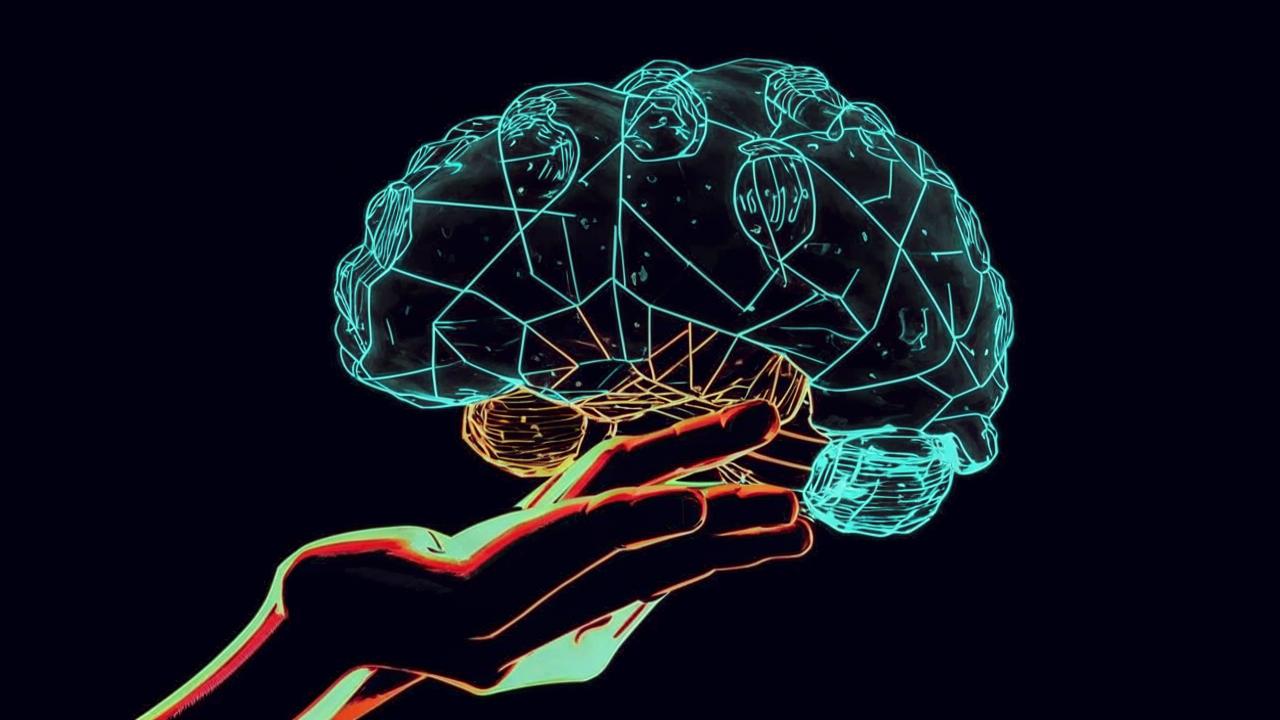
psychologist-consultant in AST, CFT, schema-therapy approaches, author of the “Safe Place” Telegram channel
“Imagine you’re meeting a new coworker. He is handsome, dressed to the hilt, smiling and literally radiating confidence. The first impression suggests that in front of you is a smart, friendly and responsible person. But is it really so? Or have you fallen into the trap of the halo effect?”
What is the halo effect?
The halo effect (or halo effect) is one of the cognitive distortions. Simply put, an error in judgment that we make unknowingly. It causes us to draw conclusions about a person based on one striking fact or quality, projecting this impression onto all facets of his or her personality. Let’s look at an example. People consider a beautiful person to be also kind, sociable or trustworthy. We can in absentia endow a successful top-manager with inner strength and sharpness of mind, and a criminal – on the contrary, see him as rude and unattractive.
“The halo effect” was first explored by psychologist Edward Thorndike in 1920. He asked officers to evaluate the appearance, physical fitness and leadership qualities of their subordinates. The scientist noticed that people tend to think of others according to the principle of “all or nothing”. That is, they do not evaluate intelligence, physique, or other qualities separately, but rather form a general impression of a person.

The halo effect is often associated with first impressions. Indeed, the less we know a person, the more we tend to label and think in stereotypes. But the halo effect does not disappear even if we have known someone for a long time. For example, it affects how professors evaluate students and managers evaluate their employees.
It is often common to associate the halo effect with appearance. In fact, the “anchor” can be not only facial features or physique, but also neat appearance, income level, position, and other characteristics. All this affects what conclusions we draw about a person.
Appearance is more often a “cover”, we have more information about it. Moreover, the halo effect distorts our perception not only of people, but also of brands, companies and even countries. No wonder it is actively used in marketing.
Why does the halo effect occur?
The halo effect is not a deliberate manipulation. It manifests itself automatically, as it is related to the peculiarities of the brain. This is why the halo effect has a huge impact not only on our personal relationships, but also on our careers, education, and even lawsuits.
Nobel Prize winner in economics Daniel Kahneman has shown in his research that we make most of our decisions with the help of so-called “quick thinking”. Our brain tends to simplify everything, so it uses a lot of stereotypes and ready-made templates. The plus side of such a system is speed.
Indeed, if we were to evaluate all available information and alternatives every time we choose milk at the store, we would hardly get to the checkout. Not to mention that during evolution, speed of response to potential threats has been critical to survival. Our ancestors instantly analyzed whether a person was friend or foe, safe or dangerous. In today’s world, however, “quick assessments” often lead us astray.
Of course, the halo effect is not the only cognitive distortion to which humans are susceptible. Our evaluation can be influenced by past experiences, stereotypes, and personal beliefs. All of this comes together in a complex psychological mosaic that determines the perception of a situation.

The halo effect in work and life
The halo effect is not a mechanism that can be turned on or off at will. This feature of perception is with us all the time. Consequently, it affects all aspects of life – what grades we get, how our careers turn out, who we root for in competitions and more.
At school or university, the halo effect can have a crucial impact on how teachers perceive students. Rosenthal and Jacobson’s classic experiment, known as the Pygmalion effect, showed that teachers’ expectations can have a strong influence on academic performance. How did it proceed?
The researchers tested and told teachers which children were expected to do well academically. After a year, it turned out that the named students actually performed better. The catch was that no real testing was done, and in fact the children were randomly selected. The experiment itself created a halo effect. In what way? Teachers began to rate the “chosen” children as more intelligent and capable, which affected their attitudes toward the students and caused a “self-fulfilling prophecy” effect.

In a more modern study, Clifford and Wallis asked teachers to grade students’ work by attaching pictures of the children. The results showed that educators gave outwardly attractive students higher grades, regardless of the actual quality of their work. The halo effect does not only manifest itself through expectations. In 1977, Nisbett and Wilson showed that friendlier teachers are also seen as more professional, even if the content of lectures does not change.
The halo effect also affects income and career. In 2015, Matt Parrett studied how appearance affects earnings. He analyzed tip data from waiters in Virginia restaurants. It was found that more attractive workers earned about $ 1 thousand per year more than their colleagues. Interestingly, it was not men who played the main role in this. It was female customers who were more likely to leave beautiful waitresses higher tips.
Dozens of studies show that “on the cover” people often judge the professional qualities. Appearance influences evaluations of doctors, counselors (Carter, 1978), not to mention the service industry. And although it is rationally obvious that warmth, responsiveness, level of knowledge or competence are not determined by eye size or chin length, we are constantly influenced by this cognitive distortion and evaluate people from only one perspective.
The halo effect in marketing
A classic example of the halo effect in marketing is Apple. “Apple” products were initially associated with innovation, advanced design and high quality. As a result, this effect extends to all of the company’s products, even if they do not meet these criteria, and a loyal customer makes a buying decision.
In a 2006 study, experimental participants were asked to compare two products: one from a popular brand and one from a lesser-known brand. The results showed that the first was rated significantly higher, even if it did not differ from its counterpart in its characteristics. Also, the halo effect is used in advertising when people of model appearance or celebrities are invited. So their attractiveness “illuminates” and the product, increasing sales.

How to fight the halo effect?
From the point of view of psychology, fighting the halo effect is like resisting the fact that we see worse in the dark. It is a peculiarity of our consciousness, it cannot be eliminated. The only thing available is to arm ourselves with additional tools for evaluation.
Just as in the dark we light a fire or turn on a light, so in the case of evaluating people, companies or brands we can use a more rational and conscious system of thinking. Ask yourself clarifying questions, check the facts, rather than relying on first impressions.
The halo effect is a really powerful psychological phenomenon that affects all aspects of our lives. It can be both a useful tool and a dangerous trap, forcing us to make unwarranted conclusions and erroneous decisions. If we notice its influence, it will help us to remain more objective and fair in evaluating other people and situations.






